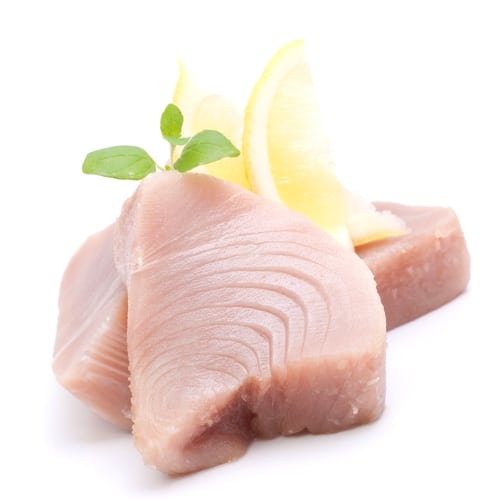
Though your body produces vitamin D from sunlight, you are probably avoiding excessive exposure due to skin cancer risk. And while you can certainly boost your level with a supplement, you may also obtain a substantial amount of your daily intake just by including certain foods in your diet.
Health experts recommend that you aim for a daily total between 800 and 2,000 IUs, depending on your general health, risk factors and how much natural sunlight you are exposed to. The following foods will help you reach the optimum level that’s right for your body.
Salmon
Heart-healthy salmon is prized for its high omega-3 fats but is also near the top of charts when it comes to vitamin D. Just a 3-ounce serving contains a whopping 437 IUs. Whenever possible, opt for wild-caught salmon, since it has fewer contaminants than farm-raised fish.
Tuna
Not only is a tuna salad sandwich a lunchtime favorite, but it’s also a wonderful source of vitamin D. Just 3 ounces (half a can) contains 154 IUs. Choose products packed in water rather than oil. They are lower in calories and don’t contain any added fat.
Milk
It’s no secret that milk is a prime source of calcium, but just 8 ounces (one cup) provides between 100 and 125 IUs of vitamin D. This includes both whole and reduced-fat milk since all varieties are equally fortified.
Fortified Orange Juice
Whether you toss it into a nutrient-rich smoothie or prefer it plain, this juicy breakfast staple provides 100 IUs for just an 8-ounce serving. Just make sure you choose a fortified product, and check the package label, since the added amounts of vitamin D may vary.
Eggs
A single, large egg contains 41 IUs of vitamin D while an Eggland’s Best egg has 80 IU’s. But to get the most from that omelet or scramble, you’ll need to use the whole egg since nearly all of the D is found in the yolk. Brown or white eggs have the same nutritional value and identical amounts of vitamin D.
Cereal
Most commercially processed cereals contain added vitamin D, though the content may vary. Look for products that contain, at least, 40 IUs per cup. Whole grain cereals will offer more nutrition per serving and may contain higher amounts of vitamin D.
If you do enjoy vitamin D-rich foods on a regular basis, you might be able to lower your current supplement intake. The key is to consult with your healthcare provider to determine the ideal dosage for your body.
Sources:
ods.od.nih.gov/factsheets/vitamind/
Consumer Reports on Health, September 2008
Related Articles BY Cathe:
Can You Get Enough Vitamin D from Sun Exposure Alone?
Can Vitamin D Improve Your Body Composition?
5 Factors That Negatively Affect Your Vitamin D Level
Can Vitamin D Improve Exercise Performance?
6 Characteristics That Put You at Higher Risk for Vitamin D Deficiency

